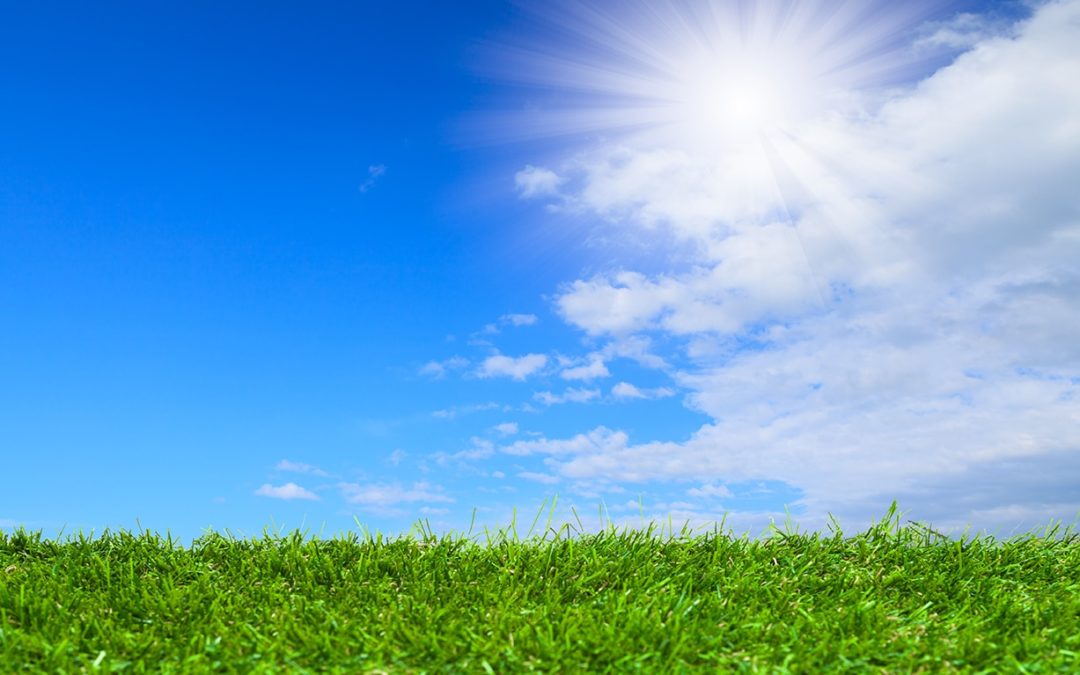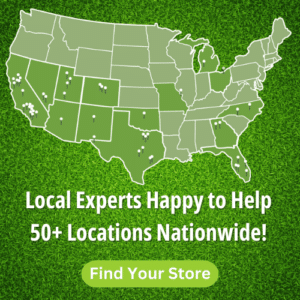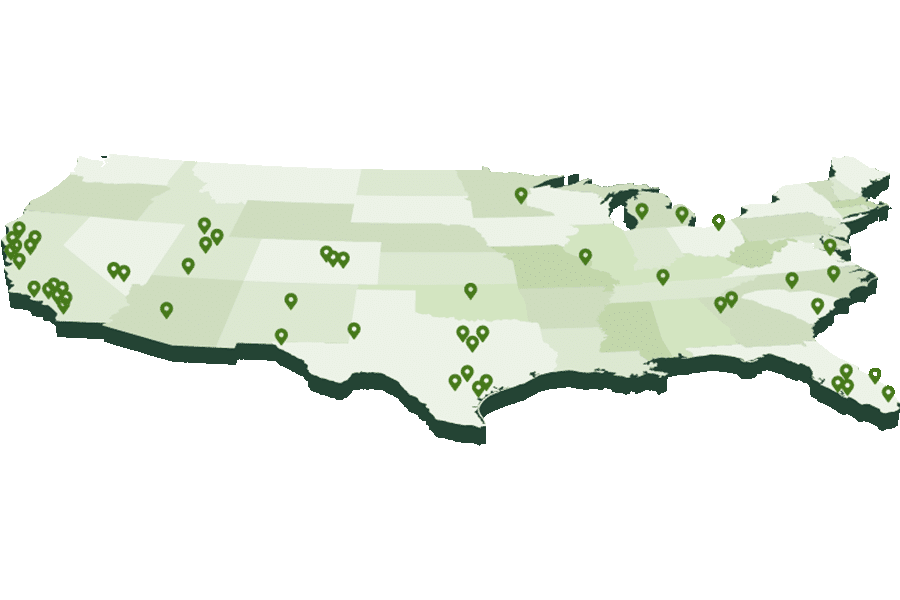There’s no doubt about it, the artificial grass ship has sailed. Homeowners are rapidly warming up to the idea synthetic lawns both because of its investment wise components and its environment wise components. A surprising trend is beginning to surface, too – a growing awareness that there is a touch of the unnatural in natural lawns (queue the Dr. Evil pinky finger with the word *unnatural*):
Chemicals
Ok, we’re not trying to be dramatic here, but there are some legitimate ideas being thrown about alongside the growing adoption of artificial grass among environmentalists. The first idea is that in most areas where natural lawns are grown, they aren’t actually natural to the habitat.
Natural lawns entail ongoing research, work, planning, and expenses to maintain. Natural lawn owners frequently resort to quick fixes to save time on maintenance. Often, these “quick fixes” involve the use of toxic pesticides that decimate microorganisms – worms, the plant root system, and small insects – that serve integral roles in the local ecosystem. Lawn chemicals can also present health risks to humans that include increased likelihood of cancer and learning disabilities in children.
Runoff from residential lawns pollutes everything downstream. What natural lawn owners put on their lawn eventually pollutes their neighbor’s water and soil. Millions of well-meaning homeowners with natural lawns who use chemicals to control their soil’s acidity run the risk of harming the environment.
Artificial lawns are a safe and low-maintenance alternative to natural lawns that, in fact, do not require an aesthetic readjustment. In fact, artificial lawns these days look so much like real grass that the only way to distinguish one kind of lawn from another is to touch the material.
Unlike natural lawns, artificial lawns look lush all year and do not involve the use of unhealthy chemicals, exorbitant expenses or watering. So, in a bit of irony, artificial grass actually gets a nod to the natural whereas chemicals are concerned.
Water
According to the Environmental Protection Agency, Americans use nearly 9 billion gallons of water for landscape irrigation per day, up to one-third of residential water use. Water shortages across the country due to recent droughts make lawn watering a practice that responsible environmentalists and cost-sensitive homeowners must reevaluate.
Artificial grass eliminates the need for lawn watering.
Fertilizer
Depending on the climate and variety of grass, a natural lawn may need two or three applications of fertilizer each year to manage the onslaught of weeds in the spring and summer.
A healthy lawn will naturally smother out weed growth, but the trick lies in battling these invaders while building up the lawn. Three major varieties of lawn weeds — broad-leaf, perennials, and annuals, each require their own type of extermination. In the case of controlling ground ivy for example, the surrounding canopy may need to be trimmed back to allow for better moisture evaporation.
Fertilizers help push back weeds, but using them is time-intensive, expensive and potentially harmful to the environment. For the environmentally conscious, time-strapped lawn owners, artificial grass is an affordable and minimal-maintenance alternative to natural lawns.
Yard Work
If it’s natural, it should come easy, right? Not so with a natural lawn. Lawn mower, aerating boots, weed whackers, anyone? Ok, so it’s not the worst work in the world, but it is another small reminder that our natural lawns require just enough work to remind us that it’s really not all that natural.
Staying Green
Let’s face it, in most cases, what we love the most about or lawns is that they’re green and they look beautiful. If you haven’t had time lately to lay down and smell your grass or run your fingers through it (and chances are, you haven’t) there may be a way to have green grass and feel green at the same time – in perhaps an unusually natural way by going artificial.





